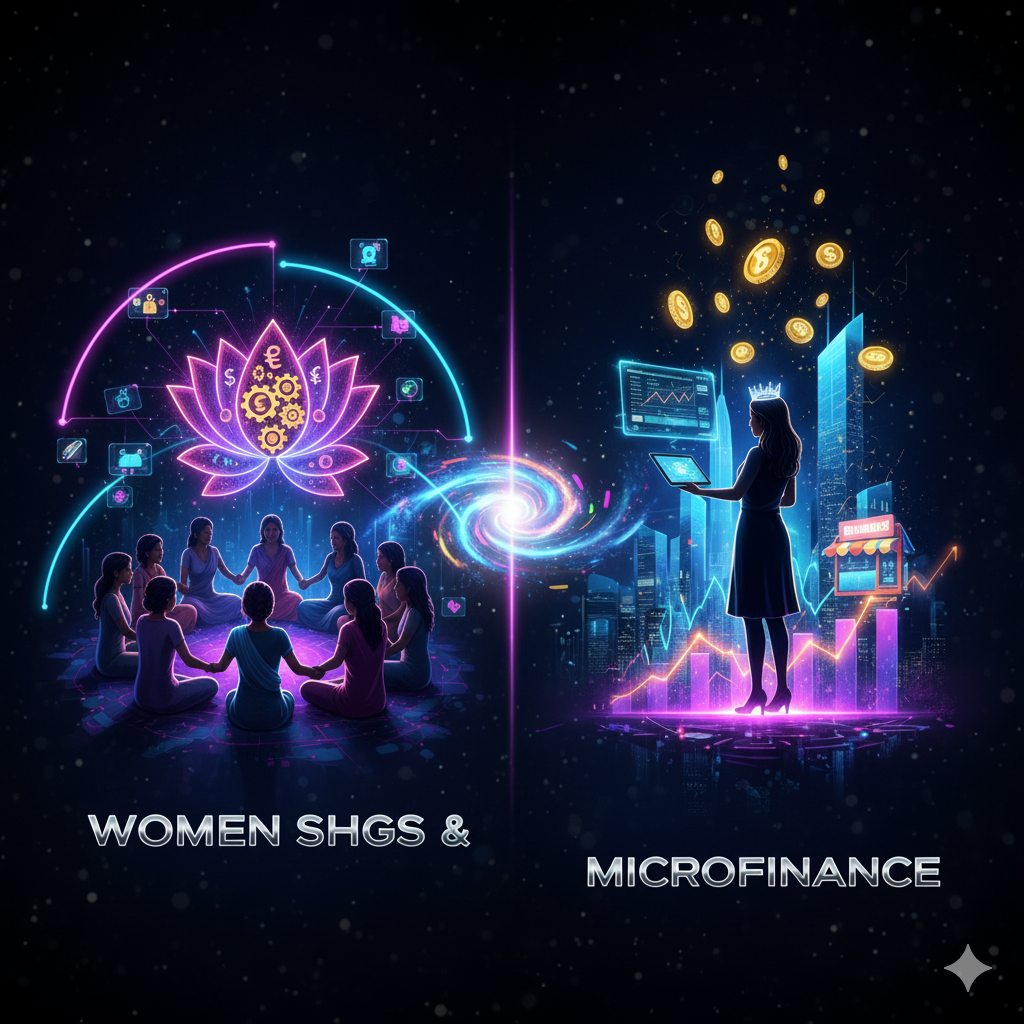Introduction
Modern cities are bustling ecosystems where millions of vehicles, pedestrians, and public transport systems interact every day. With increasing urbanization, the complexity of traffic systems has grown exponentially. Traffic management has shifted from simple stop-and-go signals to highly sophisticated systems leveraging artificial intelligence (AI), big data, and real-time monitoring.
In this context, the term Traffic Warfare refers to the strategic, often conflict-driven management, manipulation, and control of urban traffic systems. While it may sound like a militaristic concept, traffic warfare is not about physical combat—it is about the battle for efficiency, safety, resource allocation, and urban mobility. Understanding traffic warfare is essential for city planners, policymakers, technology developers, and citizens who want to navigate and improve urban transport systems.
This article explores the concept, science, technology, challenges, strategies, ethical concerns, and future possibilities of traffic warfare.
Understanding Traffic Warfare
1. Definition
Traffic warfare can be defined as the strategic management and optimization of traffic systems in highly congested urban environments, often involving competing priorities, resource limitations, and conflicting objectives. It encompasses:
- Managing vehicle flows efficiently
- Preventing accidents and bottlenecks
- Optimizing emergency vehicle routes
- Integrating multiple modes of transport (cars, buses, trains, bicycles, pedestrians)
In essence, traffic warfare is a battle against congestion, inefficiency, and unsafe conditions, using modern technology, strategic planning, and real-time monitoring.
2. Historical Context
- Early Traffic Management: In the early 20th century, traffic control involved manual policemen and simple stoplights.
- Post-Industrial Era: With urbanization and motorization, traffic density increased, leading to early traffic engineering solutions, like road markings, roundabouts, and signal timings.
- Modern Traffic Warfare: Today, cities face multimodal traffic challenges, requiring AI, IoT, and smart infrastructure to manage dynamic and unpredictable traffic flows.
The Science Behind Traffic Warfare
Traffic warfare relies on multiple scientific disciplines:
1. Traffic Engineering
- Vehicle Flow Dynamics: Studies how vehicles move in dense environments, helping to predict congestion points.
- Queuing Theory: Used to optimize traffic signals, toll booths, and intersections.
- Road Capacity Analysis: Ensures infrastructure meets current and projected demand.
2. Urban Planning and Transportation Science
- Zoning and Land Use Planning: Integrates residential, commercial, and industrial areas to minimize travel demand.
- Multimodal Transportation Systems: Balances cars, public transport, bicycles, and pedestrian pathways for efficient urban mobility.
3. Behavioral Science
- Driver Behavior Analysis: Understanding how drivers respond to congestion, signals, and signage.
- Pedestrian Psychology: Optimizing crosswalks and sidewalks for safety and efficiency.
- Compliance Studies: Predicting adherence to traffic laws and rules.
4. Data Science and AI
- Real-Time Monitoring: Sensors, cameras, and GPS devices collect traffic data.
- Predictive Modeling: AI predicts traffic jams, accidents, or route disruptions.
- Optimization Algorithms: Adjust traffic signals, lane allocation, and public transport routes dynamically.
Key Technologies in Traffic Warfare
1. Intelligent Traffic Management Systems (ITMS)
- ITMS integrates sensors, cameras, and AI algorithms to manage traffic dynamically.
- Functions include:
- Adaptive signal control
- Incident detection
- Real-time rerouting
2. Connected Vehicle Technology
- Vehicles communicate with infrastructure (V2I) and other vehicles (V2V).
- Benefits:
- Reduced collisions
- Optimized traffic flow
- Real-time hazard warnings
3. Autonomous Vehicles (AVs)
- AVs reduce human error, improve efficiency, and adapt seamlessly to traffic signals.
- When integrated into urban systems, they reduce congestion and accidents, contributing to traffic warfare strategies.
4. Big Data Analytics
- Traffic data from GPS, mobile apps, and cameras are analyzed to predict congestion, plan routes, and allocate resources.
- Enables authorities to make informed, data-driven decisions.
5. Internet of Things (IoT) in Traffic Systems
- IoT devices such as smart sensors, signal controllers, and cameras create a real-time, networked traffic ecosystem.
- Facilitates instantaneous adjustments to changing traffic conditions.
6. Drones and Aerial Monitoring
- Drones provide real-time traffic monitoring over highways and urban areas.
- Assist in accident assessment, congestion analysis, and emergency response.
7. Augmented Reality (AR) for Traffic Management
- AR dashboards in vehicles provide drivers with real-time traffic alerts and optimal routes.
- AR can also assist traffic controllers in visualizing congestion patterns dynamically.
Strategies in Traffic Warfare
Traffic warfare is not only technological but also strategic. Key strategies include:
1. Dynamic Lane Management
- Lanes can be reallocated in real-time based on traffic volume.
- Examples: reversible lanes, HOV lanes, and bus-priority lanes.
2. Smart Signal Timing
- AI-controlled signals adapt green and red cycles based on real-time vehicle density.
- Reduces congestion and ensures smooth traffic flow.
3. Incident Management Systems
- Rapid detection and response to accidents, stalled vehicles, or roadblocks.
- Minimizes impact on overall traffic flow.
4. Predictive Congestion Control
- AI predicts bottlenecks before they occur.
- Authorities can reroute traffic, adjust signals, or implement temporary restrictions proactively.
5. Integrated Public Transportation
- Synchronizing buses, trains, and metro systems reduces dependency on private vehicles.
- Smart apps allow users to plan trips efficiently, reducing urban congestion.
6. Crowdsourced Traffic Intelligence
- Platforms like Google Maps and Waze collect real-time user reports.
- Enables rapid adaptation to road conditions, accidents, or traffic jams.
Challenges in Traffic Warfare
Despite technological advancements, cities face several challenges:
1. Rapid Urbanization
- Growing populations increase vehicle density, overwhelming infrastructure.
2. Human Behavior
- Unpredictable driver behavior often defeats even advanced traffic management systems.
3. Infrastructure Limitations
- Many cities have outdated roads, bridges, and intersections not designed for modern traffic volumes.
4. Cybersecurity Threats
- Networked traffic systems are vulnerable to hacking, data manipulation, or AI exploitation.
- A breach could paralyze a city’s transportation system.
5. Environmental and Sustainability Concerns
- Increased traffic contributes to pollution, greenhouse gas emissions, and climate challenges.
- Traffic warfare must balance mobility, efficiency, and environmental sustainability.
6. Ethical and Social Issues
- AI prioritization of traffic flows may favor certain neighborhoods or populations, raising equity concerns.
The Role of Artificial Intelligence in Traffic Warfare
AI is the backbone of modern traffic warfare. Its applications include:
- Predictive Analytics
- Forecasts congestion, accidents, and peak traffic times.
- Forecasts congestion, accidents, and peak traffic times.
- Autonomous Traffic Management
- AI systems control signals, reroute vehicles, and optimize flow in real-time.
- AI systems control signals, reroute vehicles, and optimize flow in real-time.
- Resource Allocation
- Determines where to deploy police, tow trucks, and emergency vehicles efficiently.
- Determines where to deploy police, tow trucks, and emergency vehicles efficiently.
- Smart Navigation
- Provides drivers with optimal routes, avoiding congested areas and hazards.
- Provides drivers with optimal routes, avoiding congested areas and hazards.
- Simulation and Scenario Planning
- AI models simulate future urban growth, traffic behavior, and impact of infrastructure changes.
Case Studies: Cities Leading in Traffic Warfare
1. Singapore
- Uses Electronic Road Pricing (ERP) to control congestion.
- Real-time monitoring and AI predict traffic surges.
2. Los Angeles, USA
- Adaptive traffic signals reduce congestion by over 20% in peak hours.
- Integrates AI and sensor networks for optimized traffic control.
3. Tokyo, Japan
- Smart public transportation system reduces dependency on private vehicles.
- Uses predictive analytics for emergency traffic rerouting.
4. Stockholm, Sweden
- Combines congestion pricing with real-time traffic monitoring.
- Integrates environmental objectives to reduce emissions alongside congestion.
Future of Traffic Warfare
1. Fully Integrated Smart Cities
- Cities will integrate vehicles, public transport, drones, and infrastructure into a single AI-managed ecosystem.
2. Autonomous Vehicle Dominance
- AVs will communicate in real-time with city infrastructure to eliminate human error and maximize road efficiency.
3. AI-Driven Urban Planning
- Simulation and predictive modeling will guide future city layouts, road expansions, and public transport systems.
4. Environmental Integration
- Traffic warfare will aim to balance urban mobility with carbon neutrality, using electric AVs and smart energy-efficient infrastructure.
5. Cybersecurity and Traffic Defense
- Advanced security systems will protect networked traffic systems from cyber threats, making them resilient to attacks.
6. Global Collaboration
- Cities may share AI models, traffic data, and infrastructure strategies to create global best practices in traffic warfare.
Conclusion
Traffic warfare is the strategic and technological battle for urban mobility. It combines engineering, neuroscience, AI, urban planning, and behavioral science to optimize traffic flow, reduce accidents, and enhance urban efficiency.
The challenges are immense—rapid urbanization, human unpredictability, cybersecurity threats, and environmental concerns—but the opportunities are transformative. Cities that adopt traffic warfare strategies can:
- Reduce congestion and travel time
- Lower accident rates and improve safety
- Enhance environmental sustainability
- Improve overall quality of urban life
The future of traffic warfare lies in AI-driven, fully integrated smart cities, where vehicles, infrastructure, and humans operate in harmony. Understanding, implementing, and innovating in this field is essential for creating efficient, safe, and sustainable urban environments for future generations.




